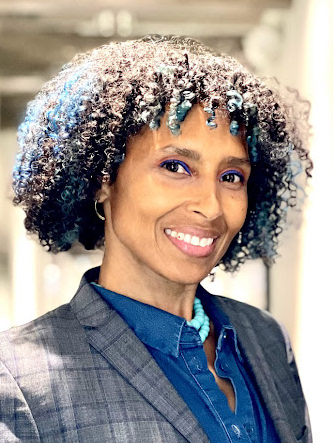Yeefah's Art installation does not allow the viewer to be merely a casual observer, but instead forces the viewer to engage, interact, recognize and confront the realities of the social constructs of which we are all a part. The significance of every aspect of the piece channels its own power and meaning, with the overall effect a powerful and moving tour-de-force. Our involvement in the piece and our complicity in the cultural circumstances the piece addresses come together for the viewer as one explores each aspect of the installation and physically engages in its experience. The piece's unique power comes from its ability to leverage that interaction to remove any distance or barriers from the viewer and draw one into the cultural and historical reality, as difficult as it may be to face. Her piece is an innovative, moving, beautiful installation that can open hearts and minds in a way that rational discourse cannot, which is the highest compliment one can pay to an art piece
William Rosen
Chairman and CEO
Axial 1 Performance Science
Situated on a street corner and presented in the form of a residential library box, “What You See/What We See” showcases the cultural pain caused across centuries by dehumanizing, white supremacist images of the people of the African diaspora, especially Black Americans. At the same time, it also presents images of joy and achievement in Black lives and Black families. With the negative images marked “Danger” and encircling the outside of the box, and the positive images inside, sheltered behind a curtain that is printed with colorful, strong African patterns, the installation interrogates cultural representation and its effects by highlighting binaries: outside and inside, violence and safety, ignorance and truth, the profane and the sacred. Approaching the box, one is confronted with a mirror image of oneself: What do you see? How does our culture make that image meaningful to others? What is the true picture? What do differences in bodies—what Du Bois called the differences of “color, hair and bone”—signify to us, and to others? Yeefah’s art demands that we ask those questions, and whatever the mirror may show about our own body, she invites us to open the box, draw aside the curtain, and see the beauty, love, pride, and power of Black America.
Angela G. Ray, Ph.D.
Associate Professor, Communication Studies
Associate Dean for Graduate Education, School of Communication
Northwestern University
